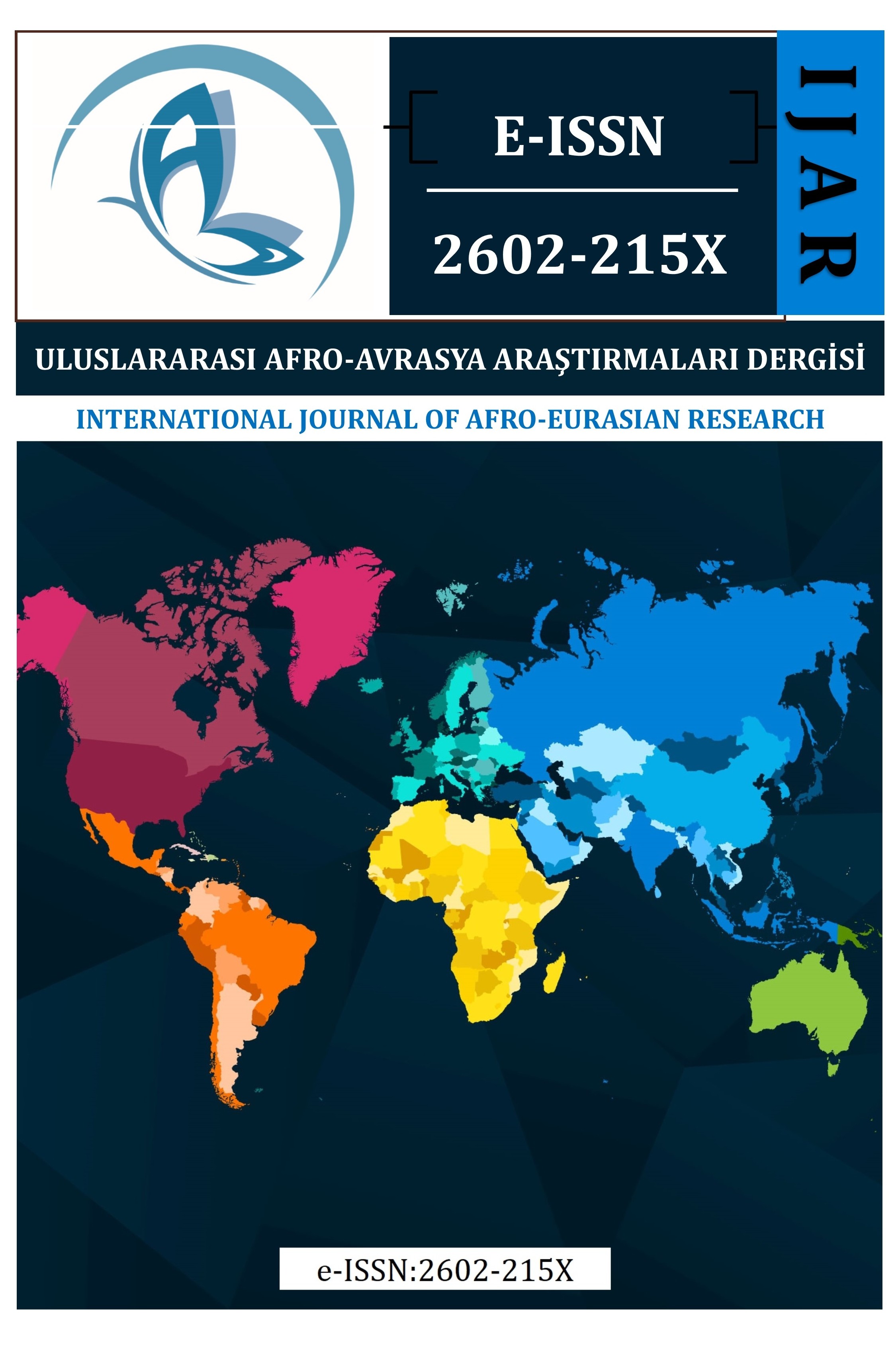KALİTE VE TEDARİK ZİNCİRİ YÖNETİMİ ENTEGRASYONU: ETIHAD HAVA YOLLARINDA KAVRAMSAL BİR MODEL
Kalite ve Tedarik zinciri yönetimi, modern yönetim paradigmasındaki en önemli değişikliklerden biridir ve şirketlerin artık özerk olarak değil, tedarik zincirleri olarak rekabet ettiklerini kabul etmektedir. Bu çalışma ile hem araştırmacıları hem de uygulayıcıları, bireysel organizasyonların sınırlarının ötesine geçmeye ve tedarik zinciri sürecinde tedarikçiler ve müşterilerle etkili ve verimli bağlantılar kurmaya olanak tanıyan çalışma yöntemlerini geliştirme yollarını belirlemelerine yol açmayı amaçlamaktadır. Çok sayıda şirket kendi değer zincirlerini optimize etmeye çalışmış ve bu kararların tedarikçi veya müşterileri üzerinde ne gibi etkileri olduğunu düşünmemişlerdir. Kavramsal modelleme, bir problem oluşturmanın ve bir bilgisayar modeli geliştirmenin aşamaları arasında yer alan bir modelleme projesinin adımlarından biridir. Bu nedenle, makalenin ana amaçlarından biri, Etihad Airways'i (BAE merkezli şirket) yansıtmak ve gelişmiş müşteri hizmetlerine ve daha iyi bir şirketin performansına etki eden faktörlerin bir kombinasyonu olarak kalite ve tedarik zinciri yönetiminden yararlanmaktır.
Anahtar Kelimeler:
Kalite, Tedarik Zinciri Yönetimi, Etihad Havayolları
QUALITY AND SUPPLY CHAIN MANAGEMENT INTEGRATION: A CONCEPTUAL MODEL OF ETIHAD AIRWAYS
Quality and Supply chain management are one of the most significant changes in the paradigm of modern management, recognizing that companies now compete not as exclusively autonomous entities but rather as supply chains. This approach leads both researchers and practitioners to identify the ways to improve work methods that allow to go beyond the boundaries of individual organizations and build effective and efficient links with suppliers and customers in the supply chain process. Numerous companies tried to optimize their own value chains and have not consider what effect these decisions have on their suppliers or customers. Conceptual modelling is one of the steps of a modelling project that lies between the stages of posing a problem and developing a computer model. Therefore, one of the main purposes of the article is to reflect Etihad Airways (UAE based company) and to take advantage of quality and supply chain management as a combination of factors impacting on enhanced customer service and better company’s performance.
Keywords:
Quality, Supply Chain Management, Etihad Airways,
___
- Bansal, S. 2002. Promise and Problems of Simulation Technology in SCM domains. Proceedings of the 2002 Winter Simulation Conference. 2002, pp. 1831-1837.
- Christy, D.P., Grout, J.R. 1994. Safeguarding Supply Chain Relationships. International Journal of Production Economics, 36 (4), pp. 233-242.
- Harrison, A., Van Hoek, R. 2008. Logistics Management and Strategy. Competing Through the Supply Chain. 3rd edition. Harlow: Prentice Hall.
- Linton, J.D., Klassen, R., Jayaraman, V. 2007. Sustainable Supply Chains: An introduction. Journal of Operations Management, 25 (6), pp. 1075– 1082.
- Li-yin, J. I. N. 2006. Service Supply Chain Management, Customer Satisfaction and Business Performance. Chinese Journal of Management Science, (2), pp. 100-106.
- Lawson, N., Harcup, A., Dryburgh, I. 2015. U.S. Patent No. D741,075. Washington, DC: U.S. Patent and Trademark Office.
- Maloni, M.J., Benton, W.C., 1997. Supply Chain Partnership: Opportunities for Operations Research. European Journal of Operational Research, 101 (2), pp. 419-429.
- Thomas, D.J., Griffin, P.M., 1996. Coordinated Supply Chain Management. European Journal of Operational Research, 94 (2), pp. 1-15.
- Srivastava, S. K. 2007. Green Supply-Chain Management: A State-of-the-art Literature Review. International Journal of Management Reviews, 9 (1), pp. 53–80.
- Retzlaff-Roberts, D., Nichols, E. L. 1997. Using Computer Simulation to reduce Supply Chain Cycle Time. Journal of Center for Supply Chain Management, 3(1), pp. 69-78.
- Başlangıç: 2016
- Yayıncı: Hakan ARIDEMİR
Sayıdaki Diğer Makaleler
DENETİMLİ SERBESTLİK TEDBİRİ ALTINDA OLAN HÜKÜMLÜLERİN UMUTSUZLUK DÜZEYİ ÜZERİNE BİR ARAŞTIRMA
HASAN EL-BENNA VE SEYYİD KUTUP’TA SİYASİ İSLAM DÜŞÜNCESİ
HATÂYÎ’NİN ŞİİRLERİNDE PROPAGANDİST NİTELİK
“SESSİZİN PAYI”: AFRİKA TARİHİNİ BAĞIMSIZLAŞTIRMAK
SEVKİYAT YÖNETİMİN DEĞERLENDİRİLMESİNE YÖNELİK BULANIK MANTIK YÖNTEMİ İLE ÖRNEK BİR MODEL
KALİTE VE TEDARİK ZİNCİRİ YÖNETİMİ ENTEGRASYONU: ETIHAD HAVA YOLLARINDA KAVRAMSAL BİR MODEL
TÜRK VE KIRGIZ EDEBİYATINDA AĞITLAR
KÜLTÜR COĞRAFYASI BAĞLAMINDA VEZİRKÖPRÜ'DE KENDİRCİLİK VE URGANCILIK
Seyfullah GÜL, Bünyamin KIVRAK
